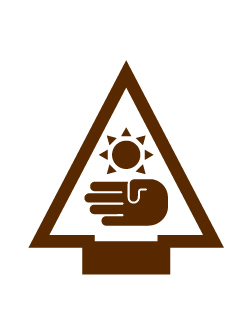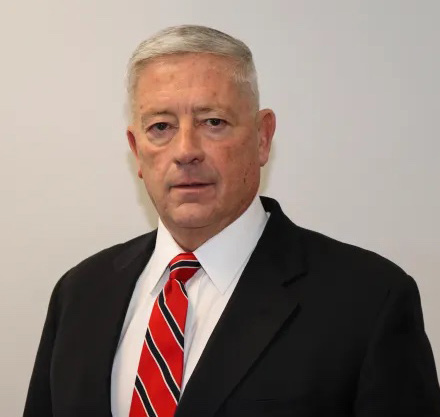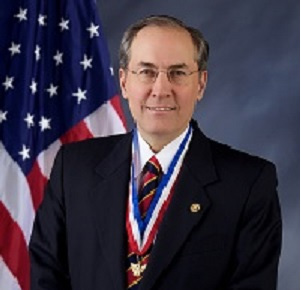Arrow of Light – 5th Grade
Outdoor
1
1
1
Estimate time using your hands and the position of the sun in the sky.





